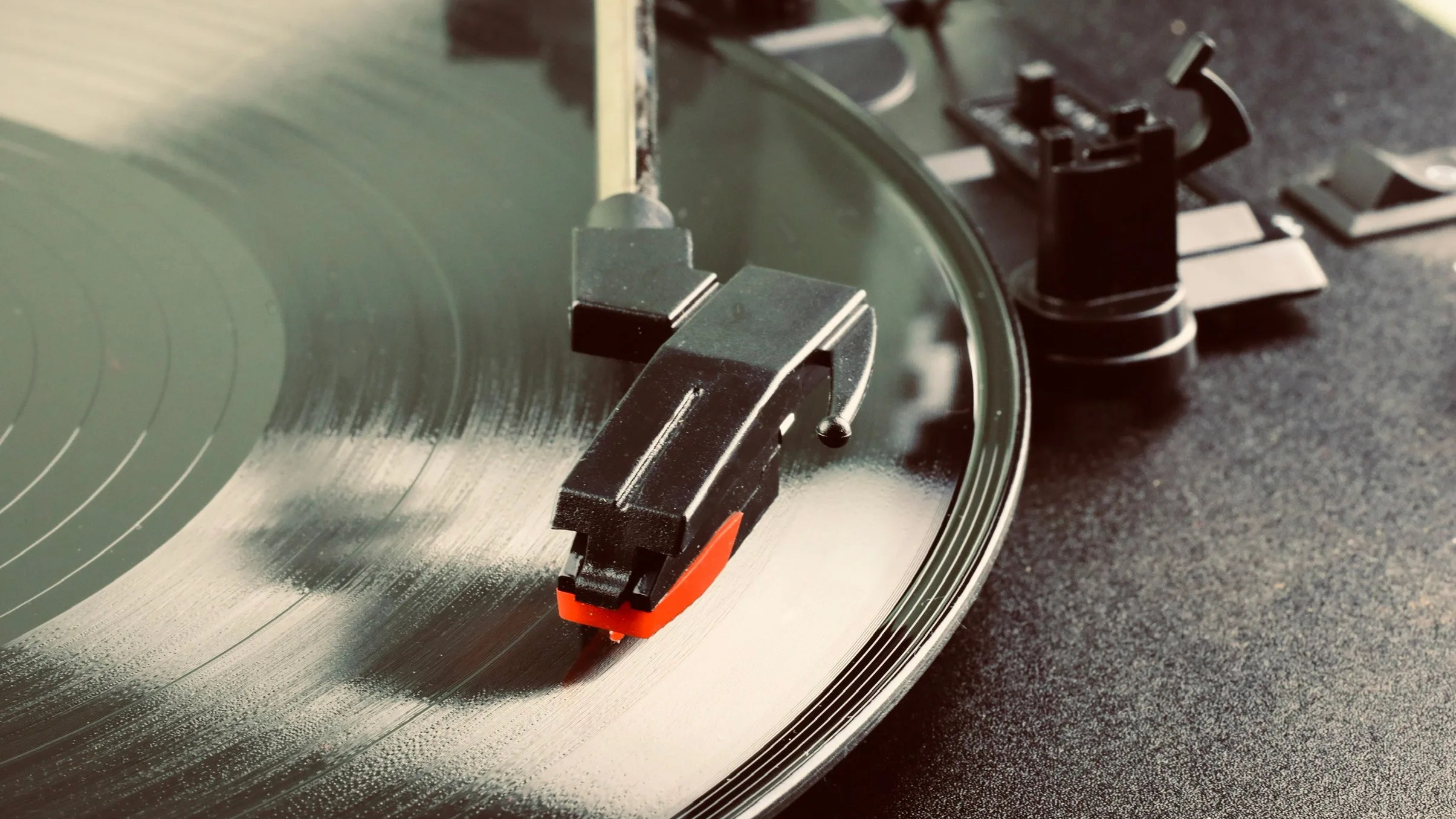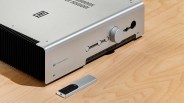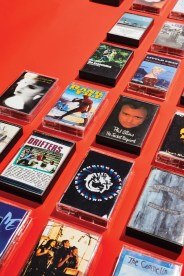Vintage audio is en vogue. Vinyl has been experiencing an incredible renaissance — so much so that it has encouraged a whole industry to making new turntables, preamps, phono cartridges and other components.
And it seems to have had a trickle down effect into other old-school playback formats. Interest in CDs and cassette tapes are both experiencing resurgences, as well.
Why audiophiles love vintage
But it’s not just listening to vintage audio formats that a lot of hi-fi enthusiasts love — it’s listening to them on vintage components and machines.
Any purist will tell you that “they just don’t make them like they used to” and that’s actually true in some ways. The look, feel and nostalgia of an old-school turntable or receiver is simply unmatched.
To make them even more tempting, vintage turntables are actually somewhat affordable by today’s hi-fi standards.
Most turntables from previous decades are quite large, made of high-quality woods and metals. They harken back to a time when vinyl was really the best and easiest way to listen music. And let’s be honest, today’s influx of modern turntables just don’t have that same vibe.




